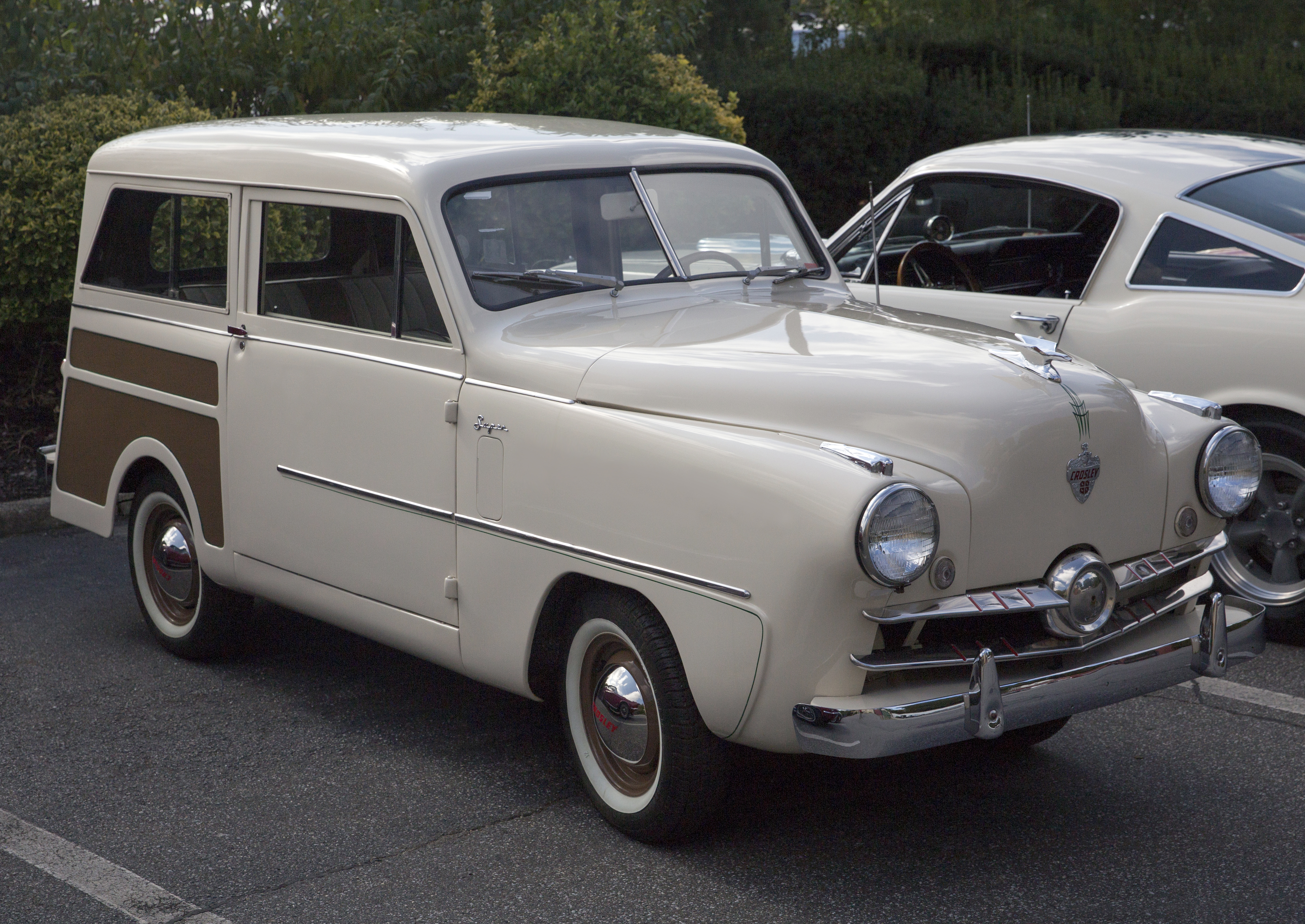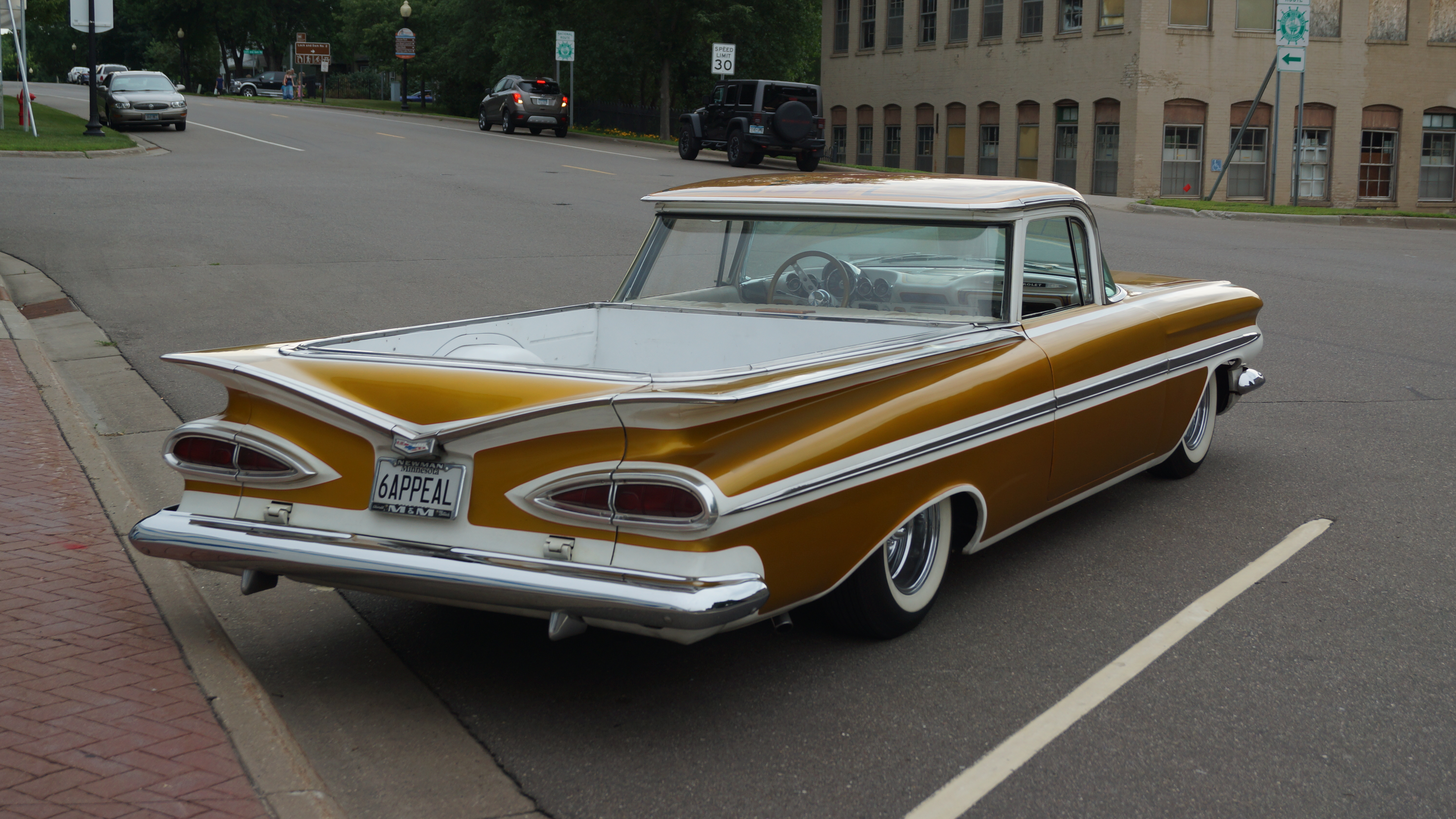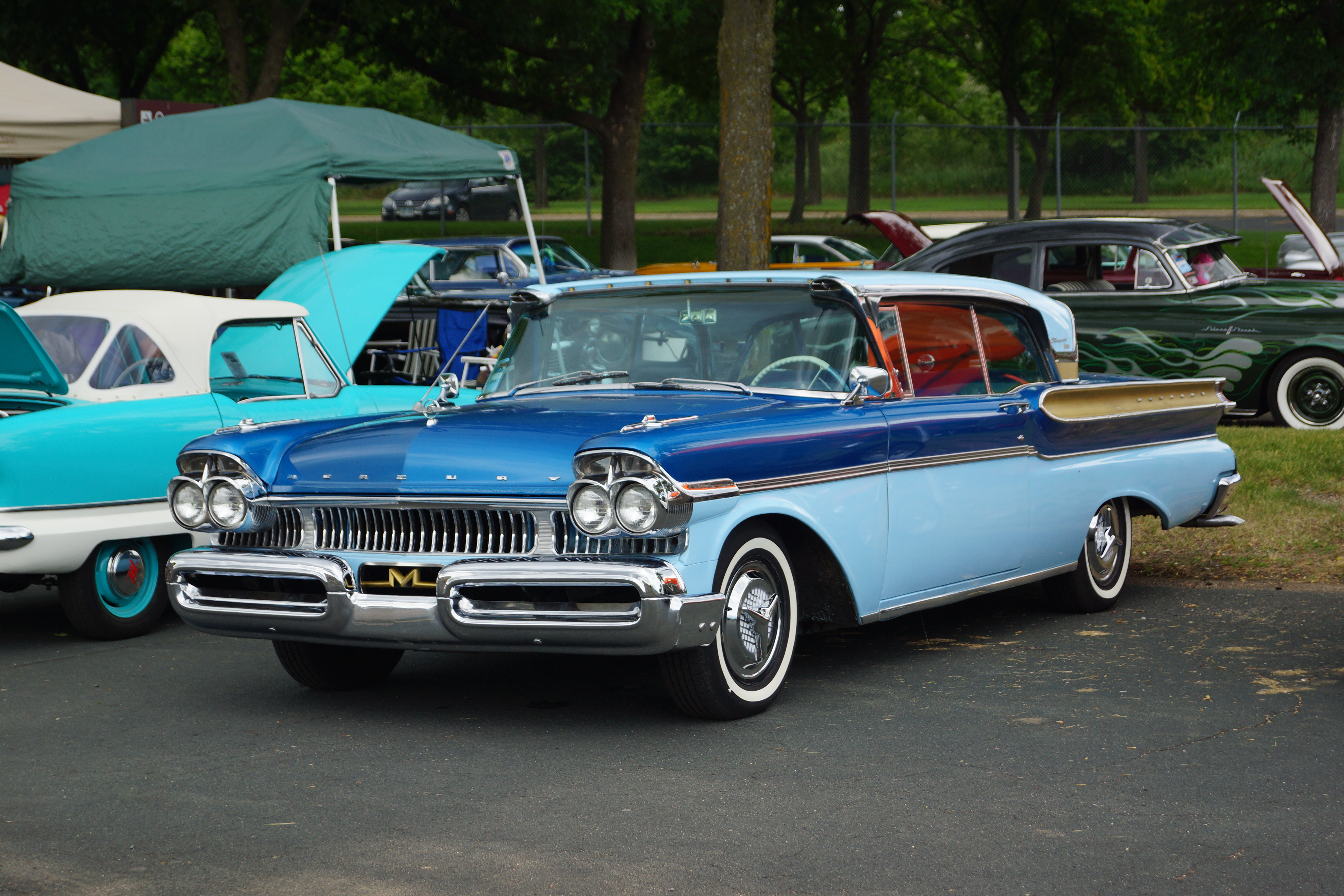
The 1950s are often hailed as a golden age for the automobile industry, showcasing a plethora of technological advancements and daring design experiments, yet buried within the era’s sleek curves and roaring engines lie numerous automotive blunders reminding us that not every brilliant idea translates into success. In this retrospective, we will delve into 19 vehicles from the 1950s that, despite their ambitious designs, ultimately failed to meet the expectations of their creators and consumers alike.

1. **1958 Edsel**: The notorious Edsel serves as a stark reminder of how pivotal marketing strategies can influence a product’s fate. Launched by Ford to bridge the gap between its medium-priced offerings and the luxury of Lincoln models, it drew immediate criticism for its peculiar styling, particularly its front grille that many mockingly compared to ‘an Oldsmobile sucking on a lemon.’ This colossal miscalculation cost Ford around $250 million, etching the Edsel’s name firmly into the annals of automotive failure lore.
2. **1957 Nash Cosmopolitan**: Once a beacon of luxury, the Nash Cosmopolitan found itself outmatched in the rapidly transforming automotive landscape of the 1950s. Its outdated design and lack of compelling features rendered it less appealing, ultimately leading to its discontinuation as the once-proud Nash brand struggled to compete with the formidable Big Three automakers.

3. **1954 Kaiser Darrin**: This vehicle aimed to merge sporty looks with innovative elements like its fiberglass body and distinctive sliding doors, yet the Kaiser Darrin was ultimately hampered by its lack of power and overall performance. Despite its groundbreaking design, the car became more of a curiosity for collectors than a commercial success, unable to hold its ground against more established industry giants.

4. **1959 DeSoto Firedome Sportsman**: DeSoto’s declining visibility in the market was partly attributed to the recession of 1958, and the Firedome Sportsman, while boasting stylish tailfins, failed to attract sufficient buyers to justify its production costs. As the brand waned, this model turned into one of the last vehicles in a long line that failed to resonate with consumers, fading into obscurity.

5. **1958 Packard Four-Door Sedan**: An ambitious attempt to revive the Packard name, this model was plagued by poor styling and an unclear market strategy. The 1958 model year saw Packard struggling to find its place amid the economic downturn, leading to dwindling sales that ultimately resulted in the brand’s demise.

6. **1956 Ford Continental Mark II**: Marketed as an ultra-luxury offering, the Mark II came with a hefty price tag of $9,695, which was exorbitant for its time. The production costs far outweighed its market value, leading to a brief production run that ultimately resulted in its discontinuation, despite its elegance and luxurious features that were initially designed to captivate affluent buyers.

7. **1951 Muntz**: The Muntz was an eccentric vehicle known for its flashy design and unique selling points, such as a radio and television. However, its unconventional features were not enough to offset its lack of performance and reliability. The brand’s attempts to stand out ultimately led to confusion rather than success, causing Muntz to vanish from the automotive landscape.

8. **1951 Crosley Station Wagon**: Targeted at budget-conscious consumers, the Crosley Station Wagon was compact and economically appealing but suffered from underpowered engines and poor build quality. In a market dominated by larger, more powerful vehicles, Crosley could not find a significant customer base, leading to its eventual exit from the industry.

9. **1958 Imperial**: Chrysler intended to position the Imperial as a luxury vehicle, yet it struggled to connect with consumers who found its weight and bulky design less appealing compared to rival models. Although equipped with advanced features for its era, the Imperial ultimately failed to secure a lasting foothold in the market, serving as a reminder of the fine line between luxury and desirability.

10. **1959 Rambler**: The Rambler was designed for the compact car segment, hoping to compete with the growing demand for smaller vehicles. However, it lacked the necessary power and style to draw in buyers. The 1959 model could not escape being seen as a vehicle that offered inadequate performance for an increasingly discerning consumer base.

11. **1958 Ford Thunderbird**: The 1958 Ford Thunderbird was a bold attempt to redefine the personal luxury car, but it quickly became an example of excess. With its oversized frame and extravagant tailfins, it was more about show than substance. People loved the idea of a luxury coupe, but they were put off by its poor handling and fuel inefficiency. While it was designed to compete with the likes of the Chevrolet Corvette, it ended up being overshadowed by its more nimble rivals, proving that sometimes less can be more.

12. **1959 Chevrolet El Camino**: The Chevrolet El Camino was introduced as a unique blend of car and truck, but it struggled to find its identity. With a design that was neither fish nor fowl, the El Camino failed to attract a dedicated fan base. Consumers were confused, often opting for either a full-sized pickup or a standard car instead. The El Camino’s awkward positioning in the market ultimately led to its short-lived production run, illustrating the pitfalls of hybrid designs.

13. **1956 Dodge La Femme**: This car was designed specifically for women, adorned in a pastel pink and featuring a matching handbag and umbrella. While it was a novel idea, the 1956 Dodge La Femme was criticized for being patronizing and failed to resonate with female drivers. The market simply wasn’t ready for such a gender-specific vehicle, leading to its discontinuation after just one year. It’s a classic example of how good intentions can backfire in automotive design.
14. **1959 Plymouth Fury**: The Plymouth Fury sought to captivate the youth demographic with its vibrant aesthetics and promising performance, but it turned into a cautionary tale about stretching a brand’s allure too thin. Its overemphasis on chrome and tail fins alienated buyers, who found the vehicle flashy yet lacking in substance; while it garnered a small following among classic car enthusiasts, its mainstream appeal quickly dwindled, leading to a rapid exit from consumer favor.

15. **1956 Ford Tarus**: The Ford Tarus was envisioned as a revolutionary vehicle with an emphasis on comfort and space. However, it quickly became evident that it simply couldn’t compete with the more established lineups in the competitive sedan market. Consumers found it unappealing, leading to a lack of interest and sales. The lessons learned here remind manufacturers that ambitious designs must also meet consumer expectations in performance and reliability.

16. **1951 Stutz Blackhawk**: This luxury car was designed to appeal to the elite, boasting an opulent design and high price tag. However, the execution fell short, as the car suffered from a lack of modern engineering and reliability issues. While it aimed to blend performance with luxury, the Stutz Blackhawk became a symbol of excess without the backbone of quality. It serves as a reminder that luxury cannot replace performance in the automotive world.

17. **1950 Hudson Hornet**: Once a fierce competitor in the racing circuit, the Hudson Hornet faced a tough battle maintaining its popularity as consumer tastes shifted towards more contemporary designs. The Hornet’s outdated styling and absence of innovative features ultimately contributed to plummeting sales, marking a significant lesson in the automotive realm about the necessity of adapting to evolving market trends, despite its rich racing heritage.

18. **1957 Mercury Turnpike Cruiser**: Designed to be a luxurious cruiser, the Mercury Turnpike Cruiser was packed with features but ultimately failed to deliver on its promise. Its innovative design and features like a retractable hardtop were overshadowed by performance issues and a high price point. While it aimed to offer a seamless driving experience, its lack of consumer interest led to a rapid decline, highlighting the importance of aligning features with consumer expectations.

19. **1958 Rambler Ambassador**: The Rambler Ambassador sought to redefine the full-sized sedan but fell short in attracting buyers. With its outdated styling and lack of robust marketing, the Ambassador struggled against the competition. While it had some innovative features, they were not enough to capture the market’s attention. The Ambassador ultimately represents how failing to innovate and adapt to customer preferences can lead to a brand’s downfall.

The automotive landscape of the 1950s was a vibrant tapestry of innovation, filled with both legendary triumphs and remarkable missteps. The insights gleaned from these ten vehicles underscore the delicate balance between creativity and consumer demand, reminding us that as we reflect on this era, embracing the lessons from these failures is just as vital. The journey of car manufacturing is a narrative woven with both celebrated successes and instructive failures, with these vehicles standing as poignant reminders of the industry’s evolving nature.
Related posts:
American automobile industry in the 1950s
The Ultimate Guide
Most Popular Cars Of The 1950s





